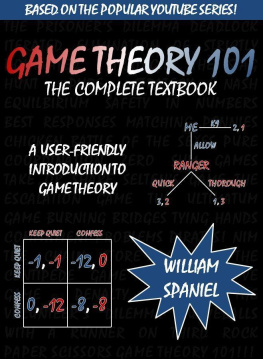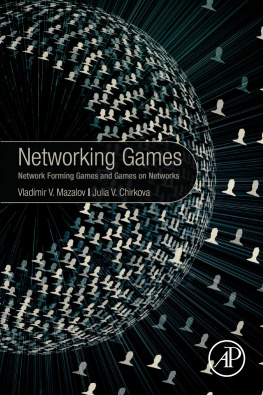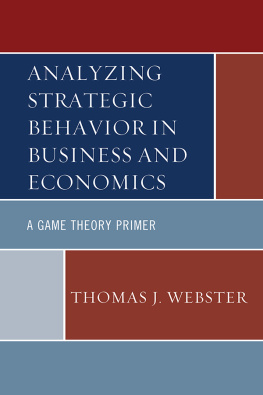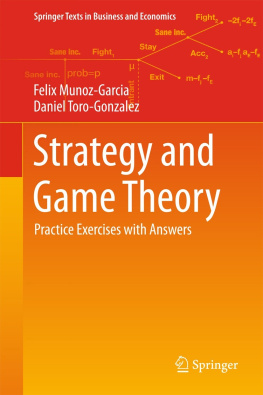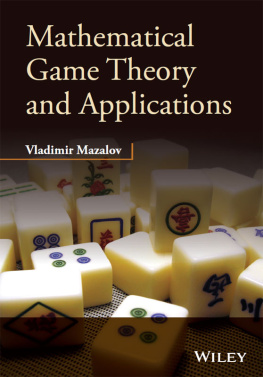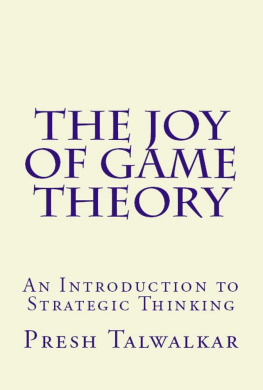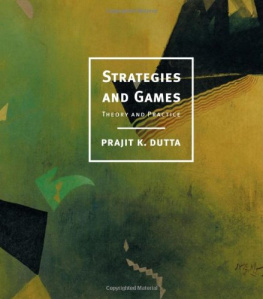At its core, game theory is the study of strategic interdependencethat is, situations where my actions affect both my welfare and your welfare and vice versa. Strategic interdependence is tricky, as actors need to anticipate, act, and react. Blissful ignorance will not cut it.
The prisoners dilemma is the oldest and most studied model in game theory, and its solution concept is also the simplest. As such, we will start with it. Two thieves plan to rob an electronics store. As they approach the backdoor, the police arrest them for trespassing. The cops suspect that the pair planned to break in but lack the evidence to support such an accusation. They therefore require a confession to charge the suspects with the greater crime.
Having studied game theory in college, the interrogator throws them into the prisoners dilemma. He individually sequesters both robbers and tells each of them the following:
We are currently charging you with trespassing, which implies a one month jail sentence. I know you were planning on robbing the store, but right now I cannot prove itI need your testimony. In exchange for your cooperation, I will dismiss your trespassing charge, and your partner will be charged to the fullest extent of the law: a twelve month jail sentence.
I am offering your partner the same deal. If both of you confess, your individual testimony is no longer as valuable, and your jail sentence will be eight months each.
If b oth criminals are self-interested and only care about minimizing their jail time, should they take the interrogators deal?
1.1.1: Solving the Prisoners Dilemma
The story contains a lot of information. Luckily, we can condense everything we need to know into a simple matrix:

We will use this type of game matrix regularly, so it is important to understand how to interpret it. There are two players in this game. The first players strategies (keep quiet and confess) are in the rows, and the second players strategies are in the columns. The first players payoffs are listed first for each outcome, and the second players are listed second. For example, if the first player keeps quiet and the second player confesses, then the game ends in the top right set of payoffs; the first player receives twelve months of jail time and the second player receives zero. Finally, as a matter of convention, we refer to the first player as a man and the second player as a woman; this will allow us to utilize pronouns like he and she instead of endlessly repeating player 1 and player 2.
Which strategy should each player choose ? To see the answer, we must look at each move in isolation. Consider the game from player 1s perspective. Suppose he knew player 2 will keep quiet. How should he respond?
L ets focus on the important information in that context. Since player 1 only cares about his time in jail, we can block out player 2s payoffs with question marks:

P layer 1 should confess. If he keeps quiet, he will spend one month in jail. But if he confesses, he walks away. Since he prefers less jail time to more jail time, confession produces his best outcome.
Note that player 2s payoffs are completely irrelevant to player 1s decision in this contextif he knows that she will keep quiet, then he only needs to look at his own payoffs to decide which strategy to pick. Thus, the question marks could be any number at all, and player 1s optimal decision given player 2s move will remain the same.
On the other hand, suppose player 1 knew that player 2 will confess. What should he do? Again, the answer is easier to see if we only look at the relevant information:

C onfession wins a second time: confessing leads to eight months of jail time, whereas silence buys twelve. So player 1 would want to confess if player 2 confesses.
Putting these two pieces of information together, we reach an important conclusionplayer 1 is better off confes sing regardless of player 2s strategy! Thus, player 1 can effectively ignore whatever he thinks player 2 will do, since confessing gives him less jail time in either scenario.
L ets switch over to player 2s perspective. Suppose she knew that player 1 will keep quiet, even though we realize he should not. Here is her situation:

As before, player 2 should confess , as she will shave a month off her jail sentence if she does so.
Finally, suppose she knew player 1 will confess. How should she respond?

Unsurprisingly, she should confess and spend four fewer months in jail.
Once more, player 2 prefers confessing regardless of what player 1 does. Thus, we have reached a solution: both players confess, and both players spend eight months in jail. The justice system has triumphed, thanks to the interrogators savviness.
This outcome perplexes a lot of people new to the field of game theory. Compare the outcome to the outcome:

Looking at the game matrix, people see that the outcome leaves both players better off than the outcome. They then wonder why the players cannot coordinate on keeping quiet. But as we just saw, promises to remain silent are unsustainable. Player 1 wants player 2 to keep quiet so when he confesses he walks away free. The same goes for player 2. As a result, the outcome is inherently unstable. Ultimately, the players finish in the inferior (but sustainable) outcome.
1.1.2: The Meaning of the Numbers and the Role of Game Theory
Although a large branch of game theory is devoted to the study of expected utility, we generally consider each players payoffs as a ranking of his most preferred outcome to his least preferred outcome. In the prisoners dilemma, we assumed that players only wanted to minimize their jail time. Game theory does not force players to have these preferences, as critics frequently claim. Instead, game theory analyzes what should happen given what players desire. So if players only want to minimize jail time, we could use the negative number of months spent in jail as their payoffs. This preserves their individual orderings over outcomes, as the most preferred outcome is worth 0, the least preferred outcome is -12, and everything else logically follows in between.

